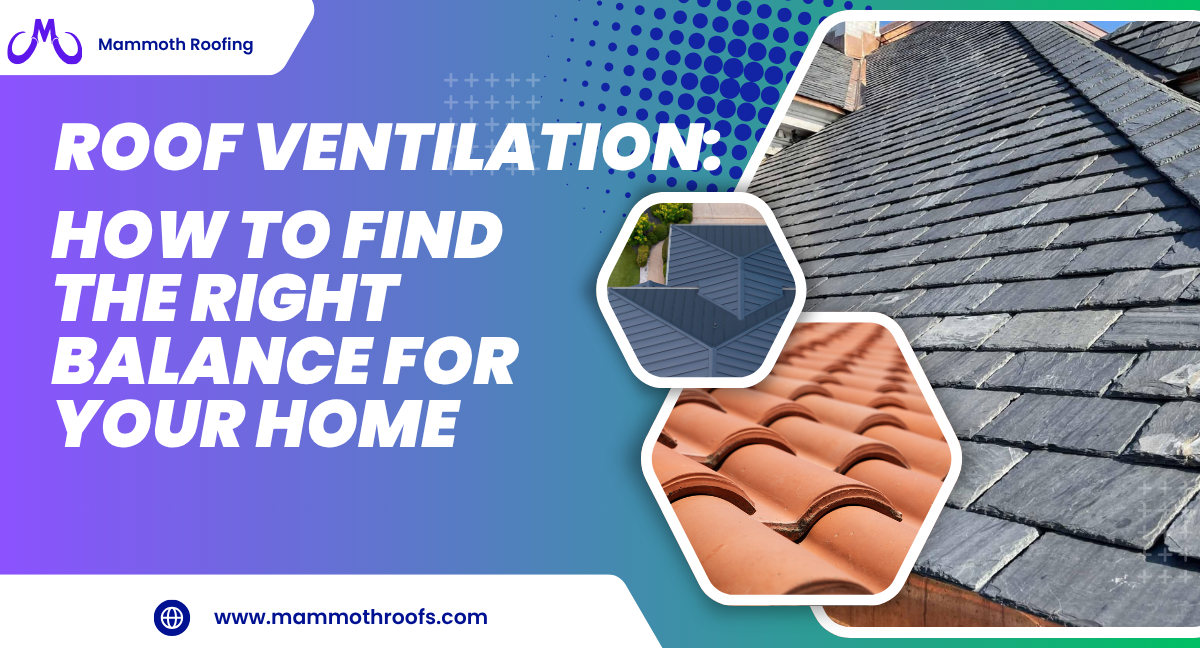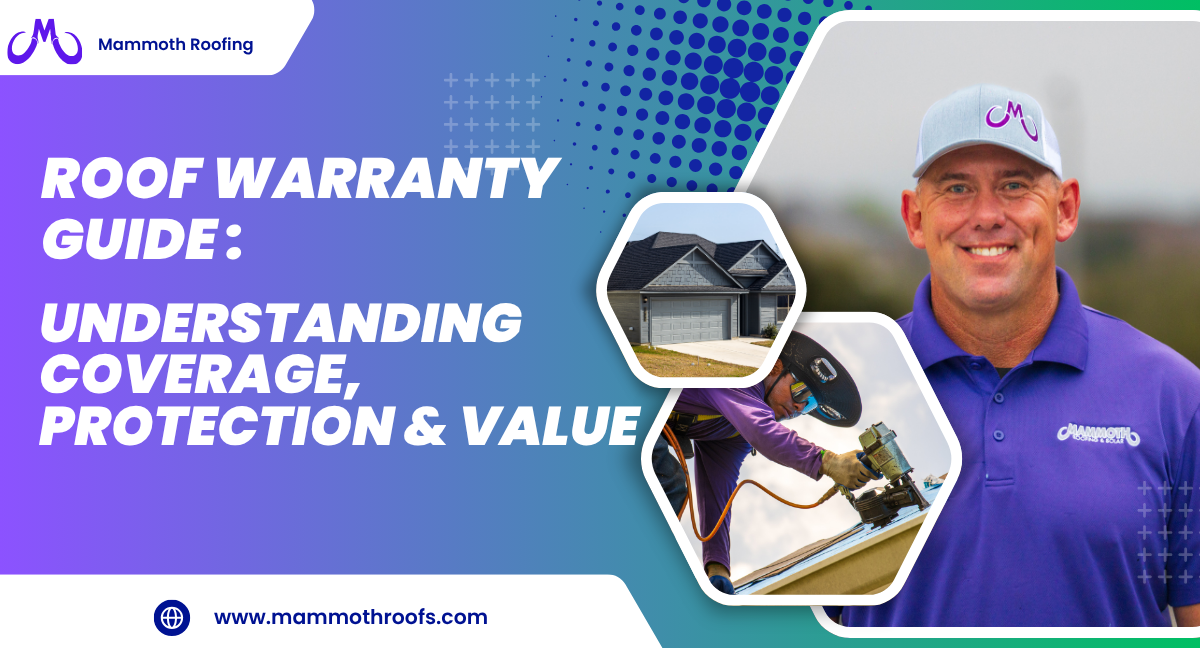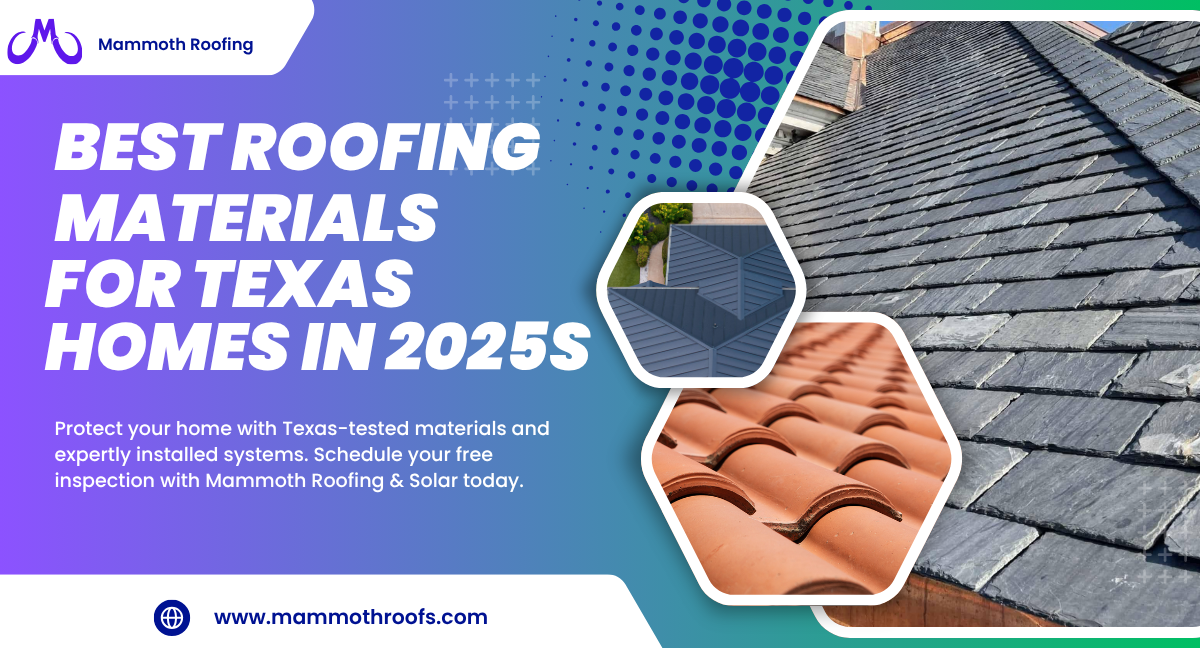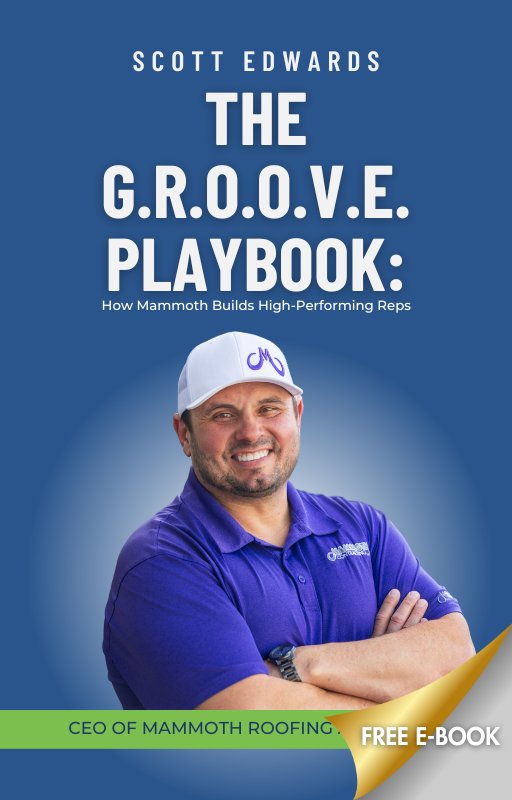Table of Contents
ToggleRCV vs ACV Roofing Insurance in Texas: Protect Your Home
Why Understanding RCV vs. ACV Matters in Texas
If you own a home in Texas, chances are your roof will face a major storm at some point. The Lone Star State leads the nation in hail-related insurance claims, with billions in annual losses reported by the Insurance Information Institute. After every hailstorm or wind event, homeowners begin the same stressful process: filing a claim and trying to understand what their insurance will actually cover.
That’s where two small acronyms, RCV and ACV, make a big difference. They determine whether your insurer will pay to fully replace your damaged roof or only reimburse its depreciated value.
For many Texans, that difference can mean thousands of dollars out of pocket. In recent years, more carriers have quietly shifted to ACV-only roof coverage, particularly for older roofs or homes in high-risk hail zones. Without realizing it, homeowners who once had full replacement protection may now face sharply reduced payouts.
Understanding the distinction between replacement cost value (RCV) and actual cash value (ACV) is not just technical. It is essential for protecting your investment, avoiding claim disputes, and ensuring you can restore your home after severe weather.
What Is Replacement Cost Value (RCV)?
Replacement Cost Value (RCV) coverage pays to restore your roof to its pre-loss condition with new materials at today’s prices, minus your deductible. It does not factor in depreciation, so you are reimbursed for the full cost of a comparable replacement, not the roof’s aged value.
In practical terms, if your roof costs $20,000 to replace and your deductible is $2,000, your total out-of-pocket cost is typically that $2,000. The insurer covers the rest, often in two payments:
- The actual cash value initial payment to begin repairs.
- The recoverable depreciation final payment released once the job is complete.
RCV coverage gives homeowners peace of mind. Even if materials and labor costs rise, the policy covers the difference. This is especially critical in Texas, where inflation in roofing materials and labor can be steep after a major hailstorm.
Advantages of RCV policies:
- Covers full replacement cost, minus deductible.
- Protects against price increases in materials and labor.
- Makes restoration financially manageable after storm damage.
Potential drawbacks:
- RCV premiums are typically higher than ACV policies.
- Some insurers apply RCV only to newer roofs, often under 10 years old.
When comparing policies, look for terms like replacement cost coverage or recoverable depreciation. If your policy includes these, you likely have RCV protection.
What Is Actual Cash Value (ACV)?
Actual Cash Value (ACV) coverage reimburses you for what your roof is worth today, not what it costs to replace it new. It subtracts depreciation, which reflects the age and condition of your roof.
For example, if you have a 10-year-old shingle roof with a 20-year expected lifespan, the insurer might depreciate it by 50 percent. On a $20,000 roof replacement, that means your claim could pay only $10,000 minus your deductible, leaving you responsible for the remaining $10,000 yourself.
ACV policies are less expensive up front but carry greater financial risk after a storm. Many homeowners do not realize the difference until their first major claim, when they discover their payout does not come close to covering the cost of a full replacement.
Advantages of ACV policies:
- Lower monthly premiums.
- Often available for older or high-risk roofs.
Drawbacks:
- Significant out-of-pocket expenses after a claim.
- Payouts may not cover full replacement costs.
- Depreciation values vary widely between insurers and adjusters.
RCV vs. ACV in Action: A Real-World Roofing Insurance Claim Example
Let’s say a homeowner in Boerne, Texas, experiences hail damage to a 12-year-old asphalt shingle roof. The full replacement cost, including labor and materials, is $20,000, and the homeowner’s deductible is $2,000.
| Scenario | Coverage Type | Initial Payout | Depreciation | Final Payment | Total Out-of-Pocket |
|---|---|---|---|---|---|
| RCV Policy | Replacement Cost | $10,000 (ACV portion) | $8,000 (recoverable) | $8,000 after completion | $2,000 |
| ACV Policy | Actual Cash Value | $10,000 | $8,000 (non-recoverable) | None | $10,000 |
With an RCV policy, the insurer pays the full $18,000 once work is complete, minus the deductible. With an ACV policy, the homeowner receives only the depreciated value, about half of what is needed for full replacement.
This gap illustrates why so many Texas homeowners are surprised after hail season. They assume their roof coverage means a full replacement, when their policy actually covers only the aged value of the roof.
How Texas Insurers Handle Roof Claims
Why more carriers are switching to ACV-only coverage
Texas consistently ranks among the top states for wind and hail losses. According to the Insurance Information Institute, hail events caused more than $16 billion in insured losses nationwide in 2023, and Texas accounted for a large share of those claims. To limit risk exposure, many insurers have adjusted their coverage structures in high-claim counties, from San Antonio to Waco, to include ACV-only roof endorsements on older properties.
This means homeowners who renew automatically each year may not realize their policy terms have changed until after damage occurs. A line buried in the renewal notice such as roof coverage will be settled on an actual cash value basis can reduce a claim payout by thousands.
Guidance from the Texas Department of Insurance (TDI)
The Texas Department of Insurance advises homeowners to review whether their policy pays replacement cost or actual cash value, noting that replacement cost coverage pays to repair or replace your home and belongings without any deduction for depreciation, while actual cash value coverage pays replacement cost minus depreciation.
TDI also notes that some insurers limit full replacement coverage to roofs under a certain age, often 10 years for asphalt shingles or 15 years for metal. Anything older may convert to ACV at renewal.
What this means for homeowners
- Older roofs are at risk of being downgraded to ACV without explicit notice.
- Storm-prone ZIP codes in Central and North Texas see higher deductibles and ACV endorsements.
- Contractors should help homeowners verify coverage type before work begins to avoid billing shortfalls.
At Mammoth Roofing & Solar, our team reviews each homeowner’s policy before repairs start. We help confirm whether depreciation is recoverable, estimate expected payouts, and document storm damage so every legitimate dollar is recovered.
What Homeowners Can Do
Understanding the difference between RCV and ACV is only half the battle. The real challenge comes after a storm, when you are filing a claim and trying to make sure your coverage does what you think it does. Here is how Texas homeowners can stay ahead of surprises and protect their investment.
1. Review your current policy
Before storm season, pull up your homeowners insurance declarations page and look for the terms Replacement Cost or Actual Cash Value. If your policy lists ACV coverage for your roof, that means depreciation will be deducted from your payout. Policies sometimes include both types, RCV for the home structure and ACV for the roof, so read the fine print carefully.
If you are not sure, ask your insurance agent directly:
If my roof is totaled in a hailstorm, will my policy pay full replacement cost, or only the depreciated value?
That single question can save you thousands.
2. Understand depreciation and recoverable payments
If you have RCV coverage, you will typically receive your settlement in two checks: one for the actual cash value the depreciated portion and another for the recoverable depreciation once repairs are complete. Insurers require proof of completion, usually through a contractor invoice and photos, before releasing the second payment.
Failing to submit this proof can leave the depreciation unreleased, money that is rightfully yours but locked up in the claims process.
3. Do not assume your roof is covered for its full value forever
Many Texas insurers automatically switch policies to ACV-only coverage after a roof reaches a certain age, often without clear notice. If your roof is nearing that threshold, ask whether your coverage will downgrade at renewal. You may be able to pay a small premium increase to keep full replacement coverage.
4. Choose a contractor experienced with insurance claims
The roofing contractor you choose can make or break your claim experience. A reputable company does more than replace shingles. It documents damage thoroughly, helps you navigate depreciation recoveries, and communicates with your adjuster to support fair valuation.
At Mammoth Roofing & Solar, our team reviews your policy before work begins, helps you understand your coverage type, and works to ensure you get every dollar your insurer owes. From initial inspection to the final depreciation check, we handle the paperwork and timelines so you can focus on your home.
5. Schedule an annual roof inspection
Even if your roof has not been hit by a major storm, regular inspections help preserve your claim eligibility. Most carriers deny coverage for wear and tear or maintenance-related damage. A professional inspection, especially one that documents your roof’s condition before storm season, creates a record that protects you if a claim is filed later.
The Bottom Line
Understanding whether your policy pays RCV or ACV can mean the difference between a $2,000 bill and a $10,000 surprise. As storms continue to affect Texas, clarity matters. Review your policy now, ask the right questions, and partner with professionals who know how to navigate the insurance process from start to finish.
Need help understanding your roof coverage?
Mammoth Roofing & Solar offers free, no-obligation roof inspections and policy reviews to help homeowners across Central and South Texas make informed decisions before filing a claim.
Sources and Further Reading
- Texas Department of Insurance — Replacement Cost vs. Actual Cash Value
- National Association of Insurance Commissioners — Rebuilding After a Storm
- Insurance Information Institute — Facts and Statistics: Hail
- U.S. Department of Housing and Urban Development — Homeowners Insurance Basics
- National Weather Service — Storm Reports







